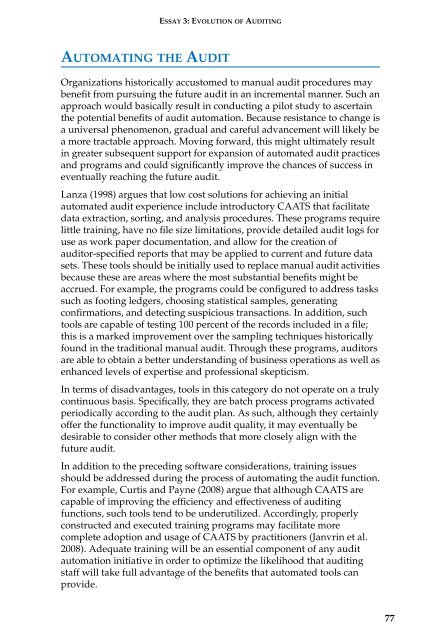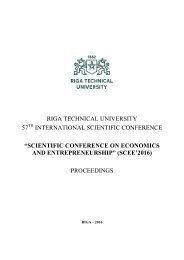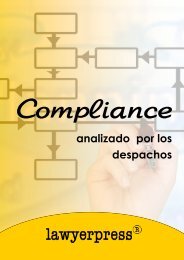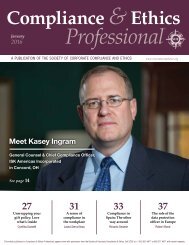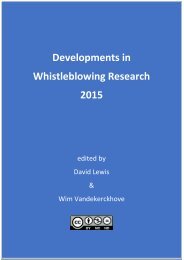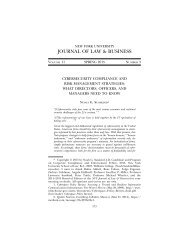AUDIT ANALYTICS AUDIT
x8YaD9
x8YaD9
- No tags were found...
Create successful ePaper yourself
Turn your PDF publications into a flip-book with our unique Google optimized e-Paper software.
ESSAY 3: EVOLUTION OF <strong>AUDIT</strong>ING<br />
AUTOMATING THE <strong>AUDIT</strong><br />
Organizations historically accustomed to manual audit procedures may<br />
benefit from pursuing the future audit in an incremental manner. Such an<br />
approach would basically result in conducting a pilot study to ascertain<br />
the potential benefits of audit automation. Because resistance to change is<br />
a universal phenomenon, gradual and careful advancement will likely be<br />
a more tractable approach. Moving forward, this might ultimately result<br />
in greater subsequent support for expansion of automated audit practices<br />
and programs and could significantly improve the chances of success in<br />
eventually reaching the future audit.<br />
Lanza (1998) argues that low cost solutions for achieving an initial<br />
automated audit experience include introductory CAATS that facilitate<br />
data extraction, sorting, and analysis procedures. These programs require<br />
little training, have no file size limitations, provide detailed audit logs for<br />
use as work paper documentation, and allow for the creation of<br />
auditor-specified reports that may be applied to current and future data<br />
sets. These tools should be initially used to replace manual audit activities<br />
because these are areas where the most substantial benefits might be<br />
accrued. For example, the programs could be configured to address tasks<br />
such as footing ledgers, choosing statistical samples, generating<br />
confirmations, and detecting suspicious transactions. In addition, such<br />
tools are capable of testing 100 percent of the records included in a file;<br />
this is a marked improvement over the sampling techniques historically<br />
found in the traditional manual audit. Through these programs, auditors<br />
are able to obtain a better understanding of business operations as well as<br />
enhanced levels of expertise and professional skepticism.<br />
In terms of disadvantages, tools in this category do not operate on a truly<br />
continuous basis. Specifically, they are batch process programs activated<br />
periodically according to the audit plan. As such, although they certainly<br />
offer the functionality to improve audit quality, it may eventually be<br />
desirable to consider other methods that more closely align with the<br />
future audit.<br />
In addition to the preceding software considerations, training issues<br />
should be addressed during the process of automating the audit function.<br />
For example, Curtis and Payne (2008) argue that although CAATS are<br />
capable of improving the efficiency and effectiveness of auditing<br />
functions, such tools tend to be underutilized. Accordingly, properly<br />
constructed and executed training programs may facilitate more<br />
complete adoption and usage of CAATS by practitioners (Janvrin et al.<br />
2008). Adequate training will be an essential component of any audit<br />
automation initiative in order to optimize the likelihood that auditing<br />
staff will take full advantage of the benefits that automated tools can<br />
provide.<br />
77


